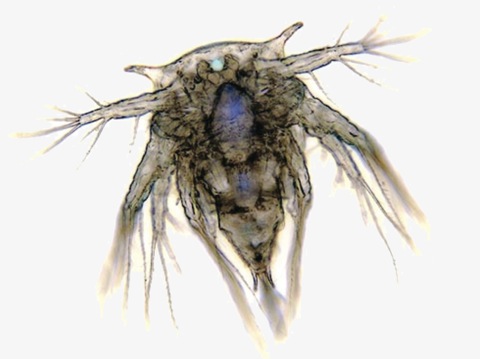
a big crustaceany hug from us to you
nauplius image by wim van egmond, used with permission
Why work on barnacles? Aside from the fact that Charles Darwin devoted a huge portion of his professional life to them? Well, for biologists interested in oceanic processes, it is nice to work with abundant organisms that are sessile as adults (but pushed around by currents as larvae), hermaphroditic (so we don’t worry about gender effects... but this is also not always true and is a big part of current research by PhD student Christine Ewers!), and which have played foundational roles in our understanding of intertidal marine ecology, from Connell to Paine and beyond.
Interested to learn more about Darwin’s work on barnacles? You might want to read Darwin and the Barnacle by Rebecca Stott.
PDF: what is chthamalus